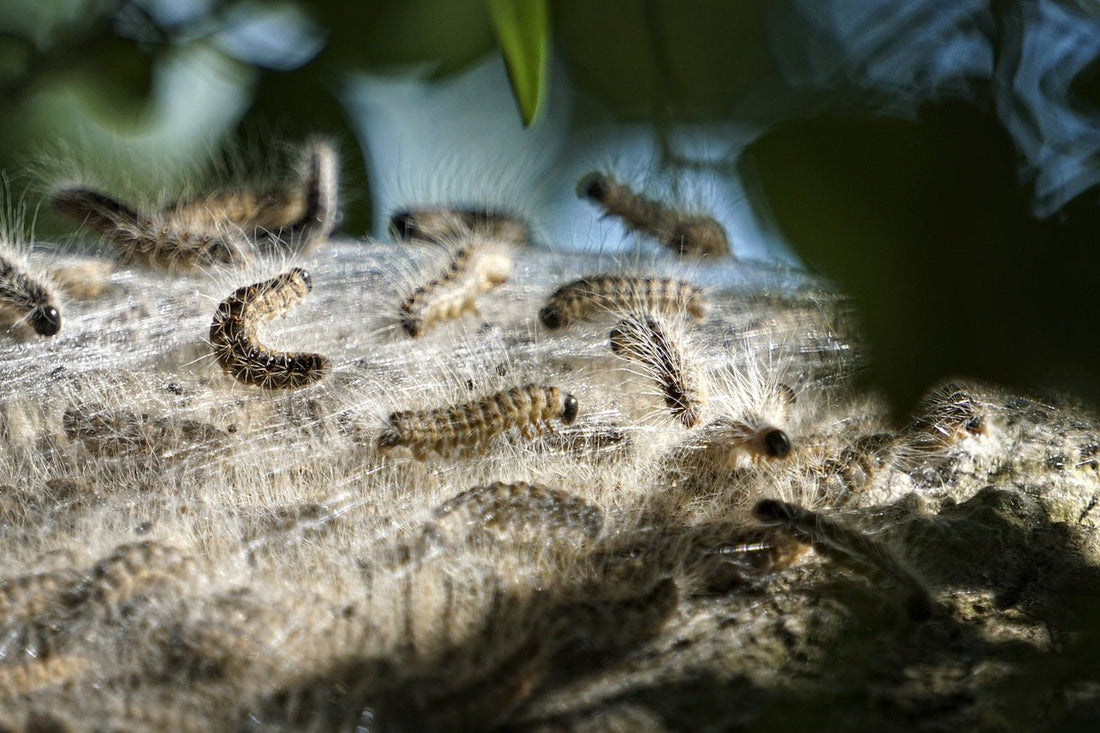
Oak processionary moth: Invisible danger for dogs – How to protect your four-legged friend
The oak processionary moth (Thaumetopoea processionea) is not only a danger to humans, but also poses a serious risk to our dogs. Caution is especially advised during the months of May to July, when the caterpillars are active.
🐛 What makes the oak processionary moth so dangerous?
The caterpillars of the oak processionary moth are equipped with fine stinging hairs containing the stinging toxin thaumetopoein. These hairs can easily detach and be dispersed by wind. If they come into contact with skin or mucous membranes, they can trigger severe allergic reactions. Dogs, who enjoy sniffing and exploring their surroundings, are at increased risk of coming into contact with these hairs.
⚠️ Symptoms in dogs after contact
Contact with the stinging hairs can cause the following symptoms in dogs:
-
Swelling : Especially in the head area, mouth and tongue.
-
Skin reactions : redness, itching and hives.
-
Breathing difficulties : Due to swelling of the airways.
-
Eye irritation : Conjunctivitis with severe itching.
-
General symptoms : fever, vomiting, heavy panting and, in severe cases, allergic shock.
These symptoms can occur quickly and require immediate veterinary attention.
🛡️ Protective measures for your dog
To protect your dog from the dangers of the oak processionary moth, take the following precautions:
-
Avoid areas : Avoid walking in oak woodlands or parks with known infestations, especially during caterpillar season.
-
Leash requirement : Keep your dog on a leash to prevent direct contact with caterpillars or nests.
-
Heed warnings : Pay attention to signs and information from local authorities about infested areas.
-
Beware of nests : Keep your dog away from visible nests, even if they appear abandoned.
-
Obtain information : Regularly inform yourself about current infestations in your region.
🚨 First aid in case of contact
If you suspect that your dog has come into contact with the stinging hairs:
-
Protect yourself : Wear gloves and, if possible, a face mask to protect yourself from the stinging hairs.
-
Clean the dog : Rinse affected areas with lukewarm water without rubbing.
-
Consult a veterinarian : Contact a veterinarian immediately, even if no symptoms are visible.
📝 Conclusion
The oak processionary moth poses a serious threat to dogs. Through vigilance and preventative measures, you can minimize the risk. If you suspect an infestation, quick action is crucial to prevent health damage to your four-legged friend.
Stay alert and regularly check for current infestation areas to provide a safe environment for your dog.
